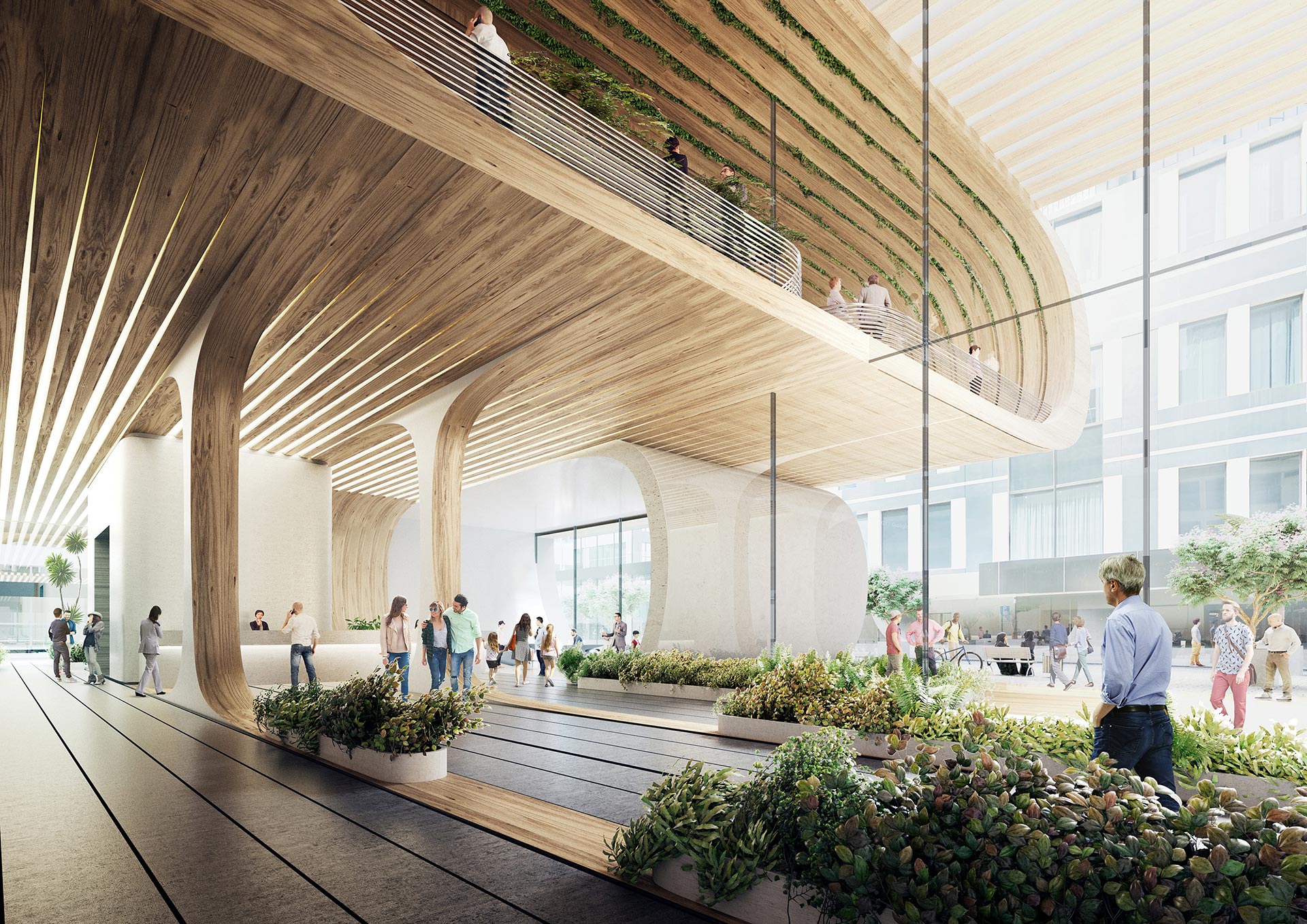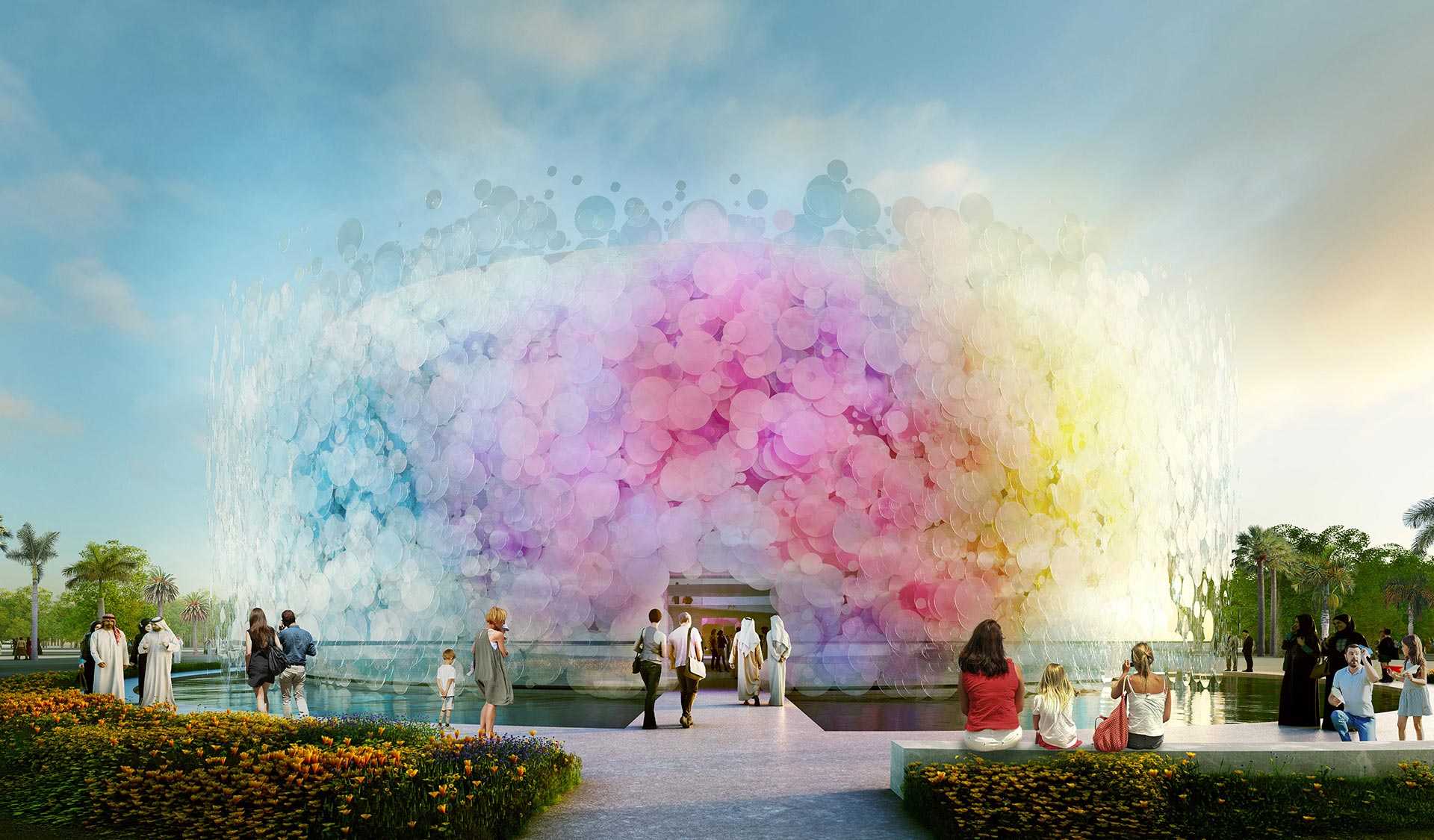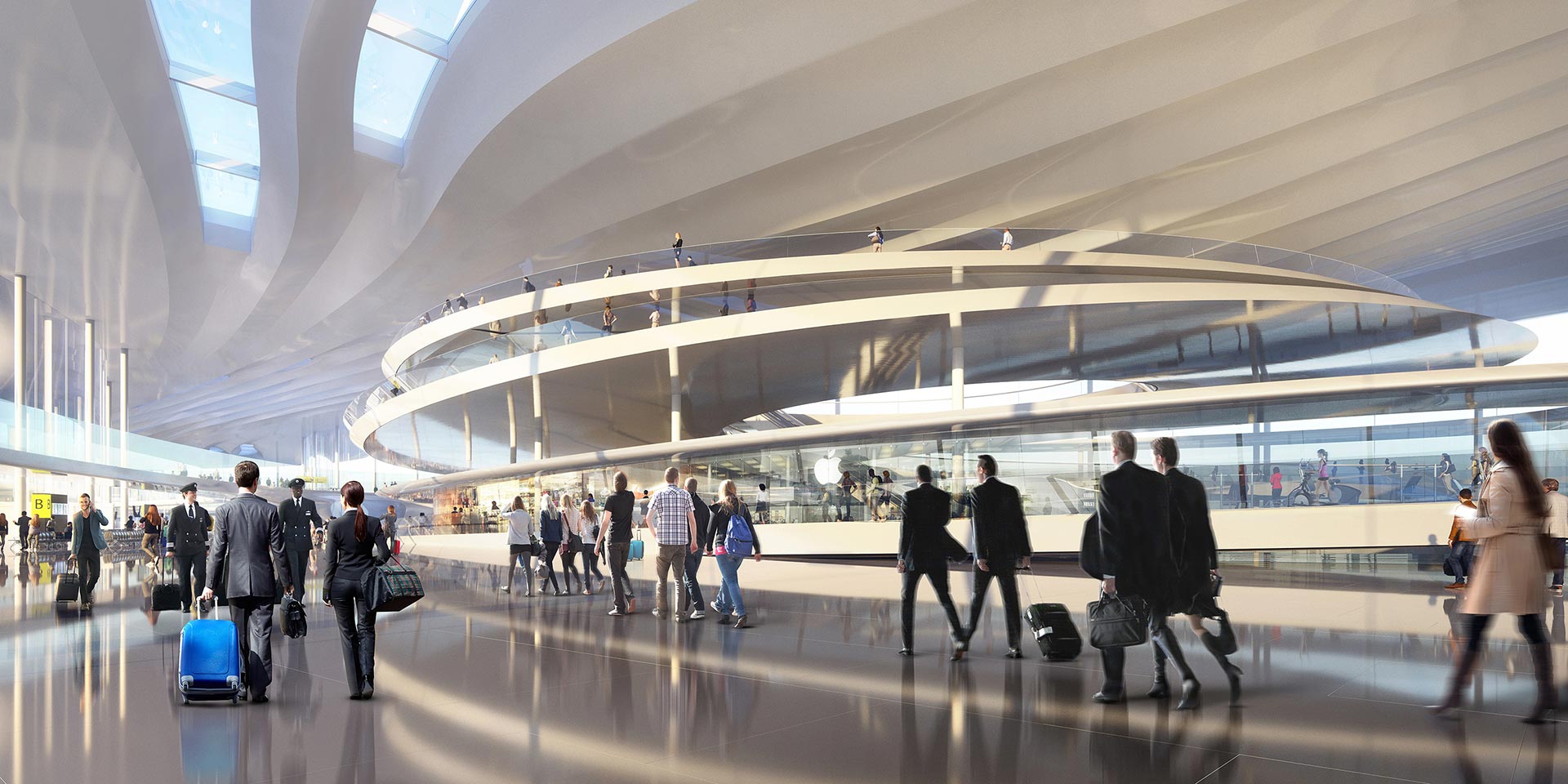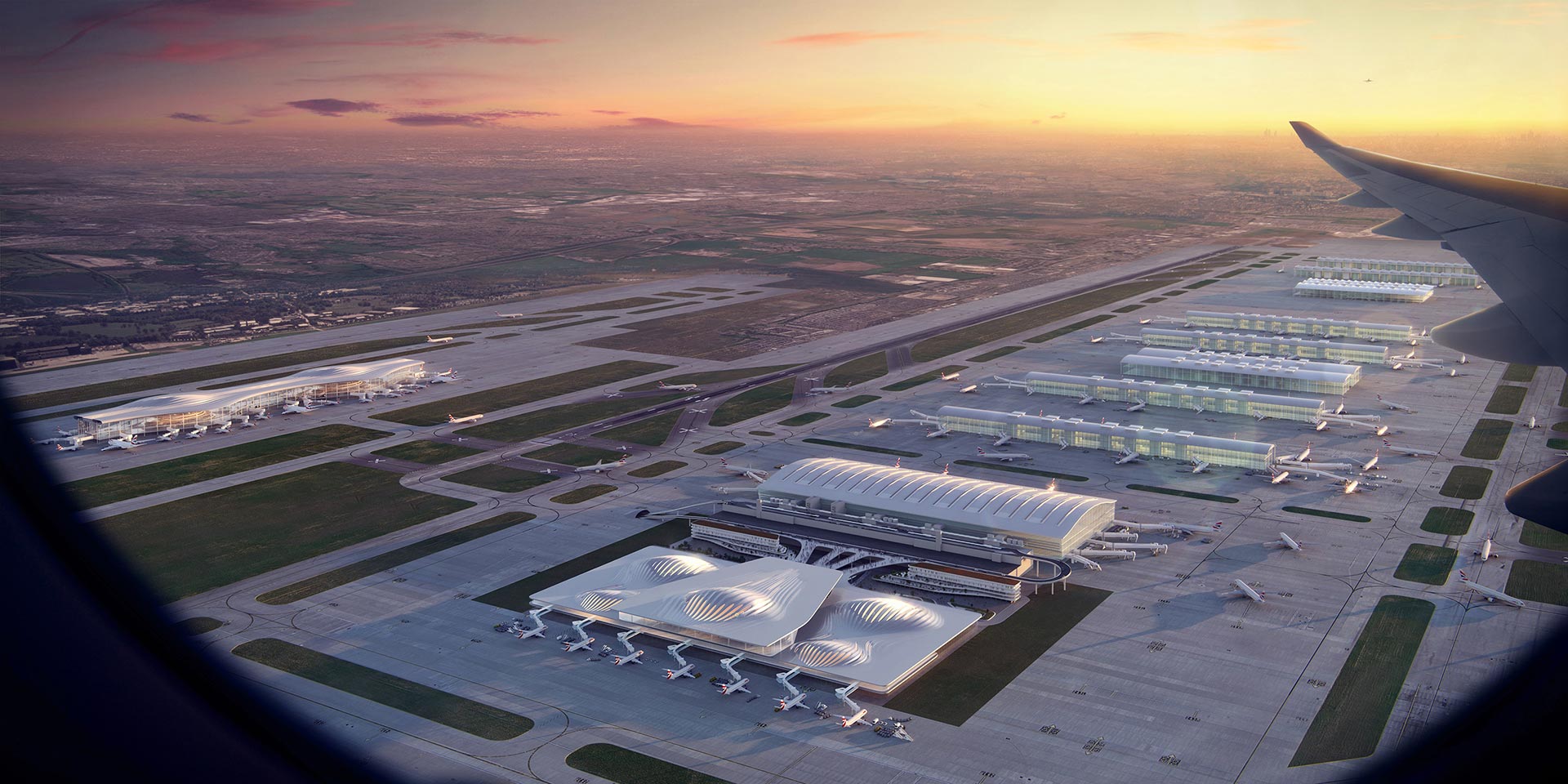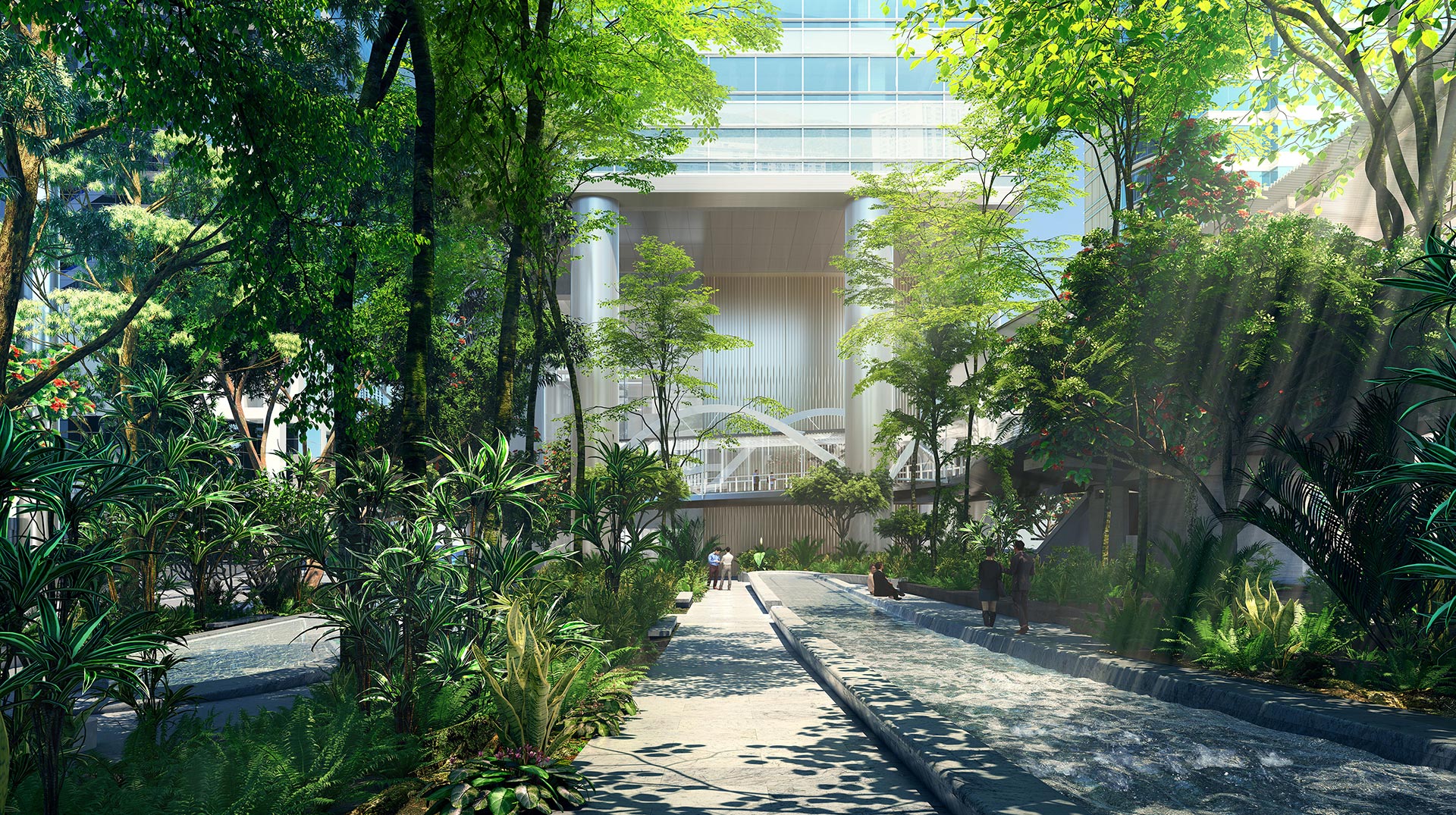Author:AXYZ DESIGN
Date:2019-06-18
INTERVIEW WITH JOSHUA NEWMAN

This time we had the opportunity to talk with Joshua Newman,
creative director of the architectural visualization studio Minmud. Joshua agreed to share with us some experiences lived throughout his professional career.
Enjoy!
1. Hi Joshua, thank you for your willingness to share a little of your professional life with us. What can you tell us about your professional and Minmud?
Firstly, thank you for this opportunity to talk about the work we do at Minmud. We have a great team and we’re all super passionate about it. I love sharing details about how we think. We approach projects as visual storytellers. It is our role to facilitate the successful completion and delivery of the projects.
Minmud as it is today launched in 2013 and the first project we worked on was the Tokyo Olympic stadium with Zaha Hadid. I had a call from the client one day and he said “Josh, look online your images are everywhere!”, and it was true.
2. Minmud is an agency with renowned clients like Zaha Hadid, Foster & Partners, Santiago Calatrava and many more. Is it difficult to find the right style and expression for each of them and at the same time be “honest” with your own artistic feelings?
It is important to be on brand, for both your client and also yourself. We take queues for style and direction from both the client and the project. We don’t use one style for a particular client because within those organisations there are sub-teams who have their own expression. We use a mixture of the client’s brand, the project particulars and then move forward with our own creative style. Working with clients is all about developing relationships. Our combined history and experience enable us to understand what needs to be done from the start without much input.
Auckland Towerm, Lobby - Zaha Hadid Architects.
3. Architectural visualization market is growing and becoming more competitive. What is the key to differentiating from other companies?
Software is more accessible than ever and the process is now less technical allowing greater emphasis on creativity which in turn is opening up the market and increasing competition. At Minmud we use a combination of technology and artistic process in our pipeline to stay fast and agile. We are specialists in large scale infrastructure, transport and cultural projects. We do airports, museums, sports stadiums and masterplans, including whole cities, and when we do these projects we do them huge.
4. In what way do your culture and professional background influence the way of representing the architectural spaces in visuals, animations and renders?
Interpretation is incredibly important. Although our projects are worldwide spanning many different cultures, many of our clients are culturally similar to us and we understand the intention of their design.
5. What are the most important characteristics to become a recognized artist according to you?
When we look for artists we look outside of the obvious. The software can be taught but what is really important is having a good eye for composition and an understanding of colour and tone, and a knack for storytelling.
6. Do you have any tips for someone who might be interested in starting in architectural visualization?
Yes! Do your research and keep doing what you’re doing.
Believe in yourself!
7. Minmud is specialised in Competition Visualisation? What can you tell us about this field of architectural visualization?
Our actual work is creating that brief moment when the hero is revealed. It is creating emotion and the feeling that lingers when the presentation is finished. To be successful it should have a clear narrative, and be impactful. It shouldn’t be descriptive, technical, literal, or scrutinised in detail. That is what the rest of the presentation is for.
8. Under stress, tight deadlines and budgets, what characteristics become fundamental when choosing 3D asset libraries and software?
We do borrow from project to project, updating things on the fly but it is important that we are evolving assets constantly so as to use new material regularly rather than using the same thing again and again. We don’t like templates or one size fits all.
9. When you consider adding 3d human people is important for your images? Why? How do they impact the visualization?
When it comes to composition, people are incredibly important. We like to imagine a story and create interaction when positioning them. It is easy to be too focused on having lots of people to make a scene look busy rather than the importance of what is happening in that scene.
10. In which images did 3d people take a fundamental role? Please share some.
I am sharing a few images with this article where we’ve used AXYZ people and anima® to help us build that human element in the scene. In particular Paul Cocksedge’s shortlisted design for the UK pavilion at Dubai 2020, and Zaha Hadid’s shortlisted entry for the new terminal at Heathrow airport, and a huge billboard image we did for Taikoo Place in Hong Kong.
Designed by: Paul Cocksedge's proposal for the UK pavilion at expo 2020 dubai.
Heathrow Airport expansion - Zaha Hadid Architects.
Taikoo Place, Honk Hong, Sierra Five, Swire Properties.
11. How useful have our products and specially Anima been to create crowds of 3d people for your projects?
We have been using AXYZ people for a long time, and we love anima®! It makes it super easy to get animated people into film shots and also into Unreal. Previously it was a time consuming and technically difficult thing to add people, now it is something we are not so stressed about.
12. Are there any future projects you can tell us about?
There has always been a high demand for animation, but usually budgets don’t match the need. There is a confluence happening in the race to real-time rendering, offline rendering is becoming faster and real-time engines are improving in quality. Eventually, there will be a meeting between the two and in the meantime, there will be disruption in each field by the other. It is now technically easier to create quality animation using either and Unreal is a big driver in that.
There is a confluence happening in the race to real-time rendering,
offline rendering is becoming faster and real-time engines are improving in quality!
13. What software and tools you consider indispensable for your work? Just out of curiosity, what tool that does not yet exist, would you like it was created to improve your work?
I don’t like to talk about software so much, rather skills. The industry has a fixation with buttons and checkboxes and this is outdated thinking. We’re more about making impactful content and the software is a means to an end. As far as new tools, how about Anima for traffic and non-human characters?
14. What is your fear, if any, and the biggest excitement about architectural visualization?
The visualisation market is becoming commodified. Clients are making decisions based on price with shopping lists and tickboxes. The democratization of software and the simplification of technology is making everything the same.
On a positive note, AI has the chance to really change how things are done, removing mundane processes and open up many new possibilities in the future of how we work.
15. Are you going to be around at D2, SOA or any other 3d conference this year? It would be good to see you again... I owe you a beer!
Yes, I just came back from Total Chaos which was fantastic, I will be in Utrecht for the EUE and I am planning on going to the D2, I will look forward to that beer!
The images shared by Minmud have been done using metropoly® Ready-Posed 3d people models and anima® crowd and population software.
Images and credits:
MINMUD-Auckland-LOBBY - Zaha Hadid Architects
MINMUD-COCKSEDGE-DUBAI_PAVILION - Paul Cocksedge Studio
MINMUD-heathrow - Zaha Hadid Architects
MINMUD-TaikooPlace - Sierra 5

